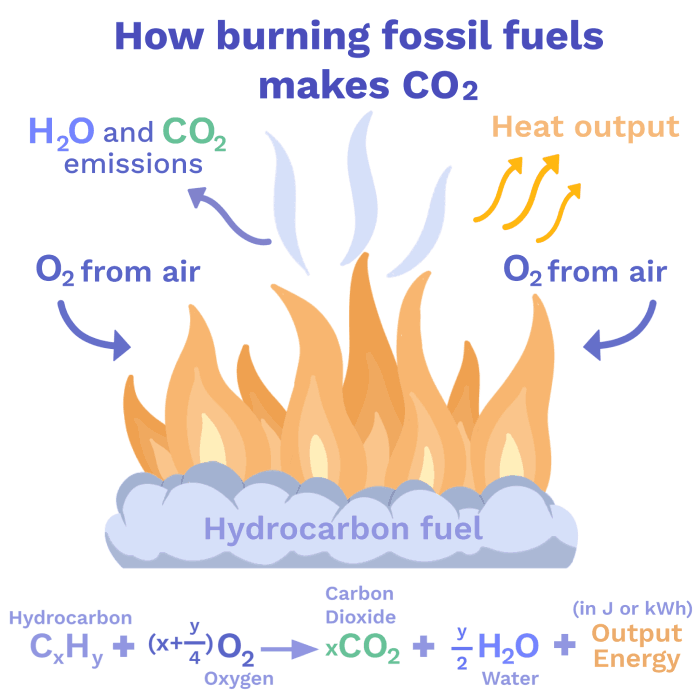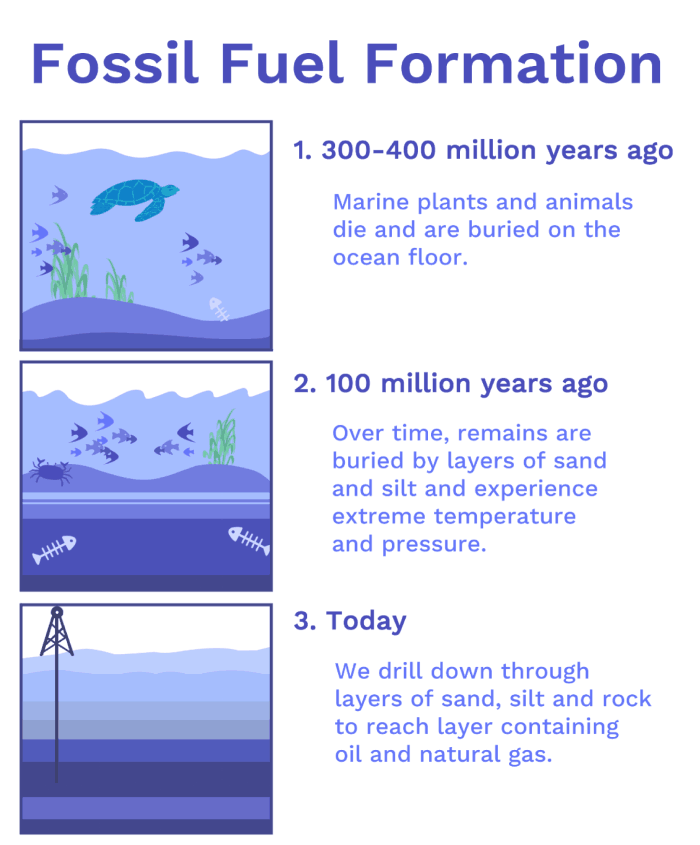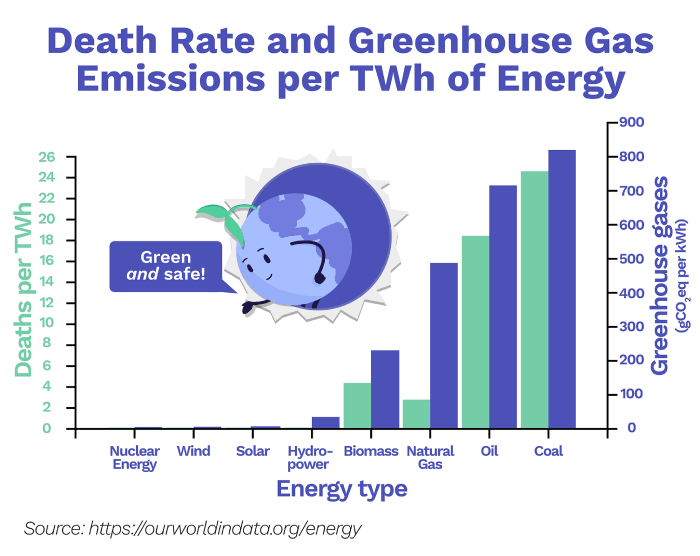The Number One Climate Problem: Clean Energy
5 minute read
Updated on: 17 Apr 2021
This means that, if we want to tackle climate change, we should put a lot of effort into reducing emissions from energy. The problem: almost everything we do these days requires large amounts of energy.
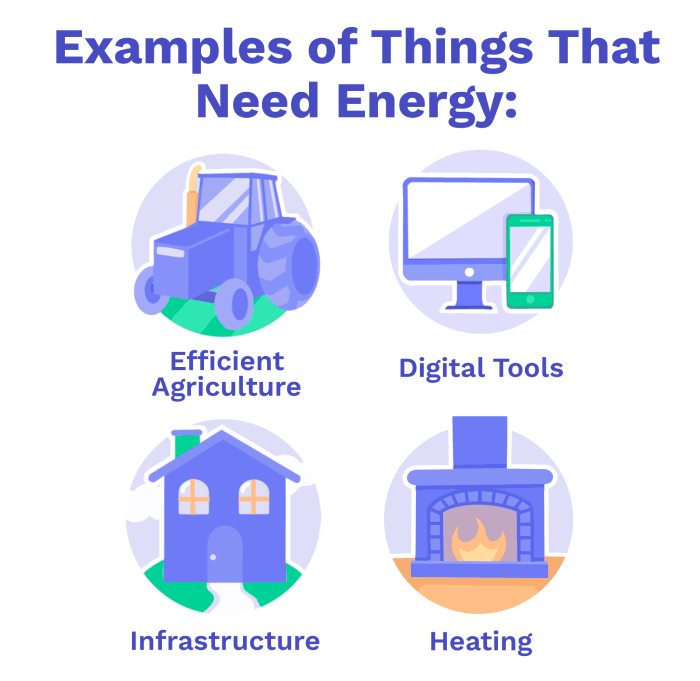
Examples of things that need energy
What is Energy?
Humans get their energy from food. But energy is everywhere, just in different forms. Importantly, energy is never destroyed or made. It is only converted from one type to another
.
All forms of energy fall into two subcategories:
- Kinetic Energy: The energy of motion
.
- Potential Energy: Think of potential energy as a budget. Kinetic energy is the money you are spending right now. Potential energy is the money you have and can spend when you need to.
Different forms of energy exist within these subcategories:
How does electricity work?
All of these forms are exciting. But the one at the center of the clean energy debate is electricity.
Electricity is all about pulling small particles (called electrons) through a device such as a lamp, computer, or oven.
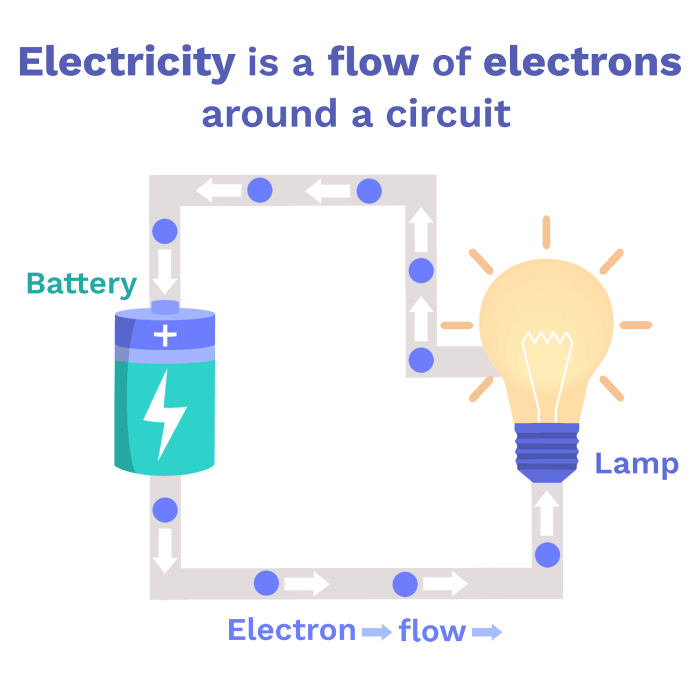
Electricity
There are three important measures in electricity:
- Voltage: How strongly the electrons are pulled towards the other side. This is measured in Volt (V)
- Current: How many electrons travel through the wire per second. This is measured in Ampere (A)
- Time: Duration of time that electrons are flowing. This is measured in hours (h).
Multiplying these three things together gives you the amount of energy that’s being used.
The Big Problem: Fossil Fuels
84.7% of our energy comes from burning fossil fuels (coal, oil, and gas).
That’s bad for the planet because burning fossil fuels creates the greenhouse gas CO₂, the main cause of climate change.
Fossil fuels are formed after dead plants and animals are buried and crushed under extreme pressure and temperature.
Can we just use less energy?
Energy is used in all parts of society from electricity, transportation fuels, and heating, to steel production and manufacturing
.
Indeed, people in more developed countries do tend to use more energy.
While improvements do get smaller after around 5,000kWh per person, the countries with the lowest energy use per person are also those that lack proper health and education systems.
Energy without CO₂ Emissions?
Coal, oil, and gas emit much more CO₂ for each unit of electricity than other sources of energy such as nuclear energy, wind, solar, or hydro energy.
As if this wasn’t enough, fossil fuels are also responsible for many more deaths than other energy sources because they emit particles that pollute the air and cause lung diseases.
Lots of options for cleaner, safer energy exist. For detailed coverage, switch to the “Advanced” version of this course. In this “Simple” version, we will summarise the most relevant ones: Nuclear, Solar, and Wind.
Next Chapter


